0 Comments
Methods:
Modifications:
Method:
It's important to understand the difference between intolerance and other types of food reaction. This is an important first step in helping clients develop a plan and approach to dealing with complex food intolerances.
Unlike allergies and coeliac disease, which are immune reactions to food proteins, intolerances don’t involve the immune system at all. They are triggered by food chemicals which cause reactions by irritation in different parts of the body. The chemicals involved in food intolerances are found in many different foods, so the approach involves identifying them and reducing your intake of groups of foods, all of which contain the same offending substances. By contrast, protein allergens are unique to each food (for example, soy, egg, fish, milk and peanut), and dealing with a food allergy involves identifying and avoiding all traces of that particular food. Similarly, gluten, the protein involved in coeliac disease, is only found in certain grains (wheat, barley, rye) and their elimination is the foundation of a gluten-free diet. Dietary elimination particularly in children requires close oversight of a dietitian with paediatric training. Children require a wide variety of micro and macro-nutrients to promote growth and development and a dietitian can support you through this process whilst also ensuring your child is getting enough nutrition. In nut a shell - there is definitely a difference between food allergies and intolerances. Just because your child doesn't test positive to a food allergy it is still worthwhile discussing the possibility of a food intolerance with your GP or specialist. Alternatively, you can seek support from a paediatric trained dietitian. Fussy eating is defined as a "spectrum of feeding difficulties". Scientific literature has provided a number of useful definitions:
“It is characterised by an unwillingness to eat familiar foods or to try new foods, as well as strong food preferences” “Consumption of an inadequate variety of food through rejection of a substantial number of foods that are familiar, as well as unfamiliar; this may include an element of food neophobia, and can be extended to include rejection of specific food textures” “Restricted intake of food, especially of vegetables, and strong food preferences, leading parents to provide a different meal from the rest of the family” “Unwillingness to eat familiar foods or try new foods, severe enough to interfere with daily routines to an extent that is problematic to the parent, child, or parent-child relationship” “Consumption of an insufficient amount or inadequate variety of food through rejection of food items” “Limited number of food items in the diet, unwillingness to try new foods, limited intake of vegetables and some other food groups, strong food preferences (likes/dislikes), and special preparation of foods required” There are a number of key themes within these definitions that help us identify when your child's fussy eating is beyond the normal "fussiness" that we would expect in a child aged between 11 to 36 months of age. During this time its normal for toddler's to become cautious, erratic, picky and fickle... however if it is impacting on the following then it might be time to seek some additional support.
There are definitely strategies that you can put in place to help protect your parent-child relationship at meal times and encourage your children to expand their variety and meet their nutritional needs. Amy offers both home visits and Skype consults to families to provide education and support around children's feeding behaviours and perspectives. She has popped some key starting points below:
Constipation is also typically common during the introduction of solids to the diet, during toilet training and also at school entry.
Tips: - positioning will help with passing bowel motions - implementing structured "toilet sits" up to 5 minutes, three times a day, preferably after meals. - maintain a chart, diary or calendar in the toilet to reinforce positive behaviour and record frequency of motions - delay toilet training attempts until your child is passing painless stools - increasing dietary fibre and water can help alleviate constipation - excessive dairy intake / milk intake can exacerbate constipation in children If your child has ongoing or recurrent episodes of constipation we would recommend that you contact your GP or Child Health Nurse for an assessment. Furthermore, we recommend that you seek dietary advice from a trained paediatric dietitian to rule out possible factors that could be exacerbating your child's constipation. What is Vitamin C?
Vitamin C is a water soluble vitamin that is natural present in fruits and vegetables! Citrus fruits, tomatoes and potatoes are MAJOR sources of vitamin C. Other sources includes capsicum, kiwifruit, broccoli and berries. Some foods such as breads and cereals can also be "fortified" with Vitamin C. This is when food manufacturers add Vitamin C to foods that typically aren't very high in Vitamin C to increase the Vitamin C content. Unfortunately unlike most animals, we (humans) are unable to synthesize or produce Vitamin C endogenously or from within our own bodies. This means that we have to rely on eating a variety of different fruits and vegetables. Why is Vitamin C important? Vitamin C is required in the biosynthesis of collagen, L-carnitine and certain neurotransmitters and it also plays a very important role in protein metabolism and wound healing. Vitamin C is a very powerful antioxidant and plays an important role in supporting the immune system. Vitamin C plays an important role in facilitating and improving the absorption of iron. This is super important for families with kids suffering from low iron levels or iron deficiency. How much Vitamin C do kids need? 0-6 months 25mg/day 7-12 months 30mg/day 1-8yrs 35mg/day 9-18yrs 40mgs/day Do i need to use a Vitamin C supplement? If your kids are eating 4-5 serves of colourfrul fruits and vegetables everyday then they are low risk for a Vitamin C deficiency. I always suggest "food first strategies" because there are so many other important and amazing components to the foods we eat to fuel our bodies!! If your child has low iron levels and also doesn't eat a great deal of fruits then a vitamin supplement might be best in the short term, at least until your child is willing and accepting to eat a wider variety and range of fruits and vegetables. Remember to always check with a health professional prior to commencing vitamin supplementation. Remember to keep food fun and mix up the way you are offering the fruits and vegetables. If you are having difficulties getting your kids to eat a wide variety of foods then it might be time to see a paediatric dietitian for support and advice, alternatively discuss some options with your GP. |
AuthorAmy Thompson Archives
November 2021
Categories |
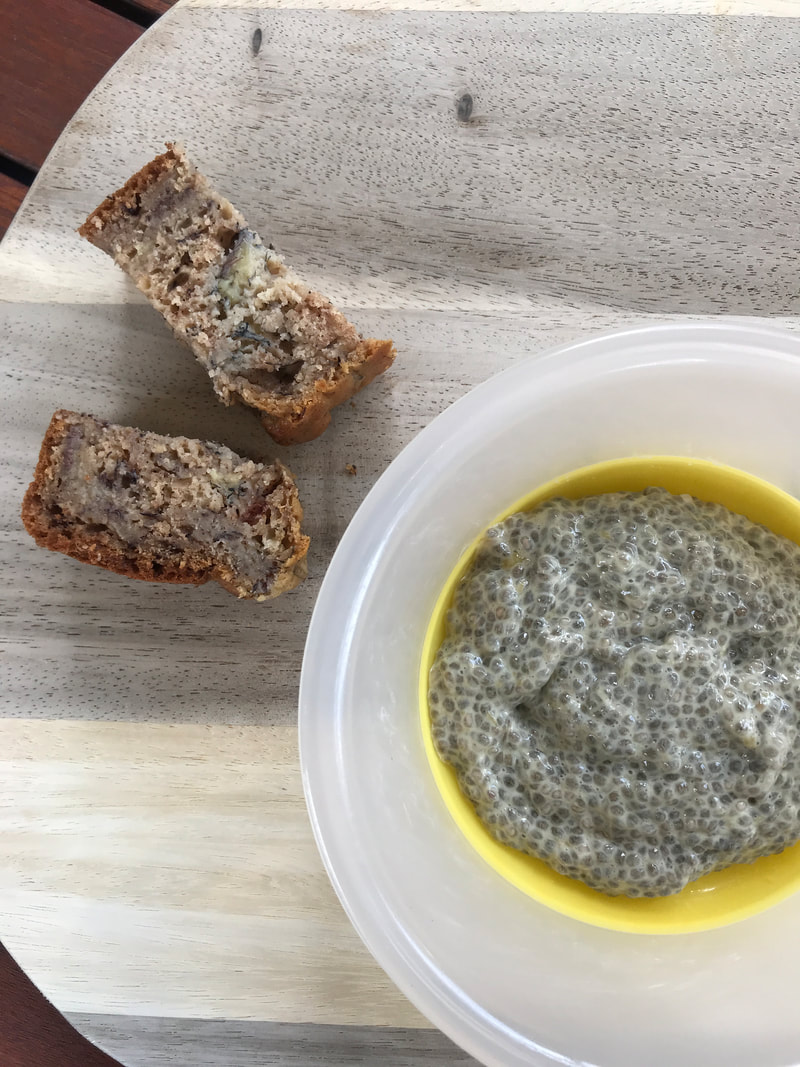
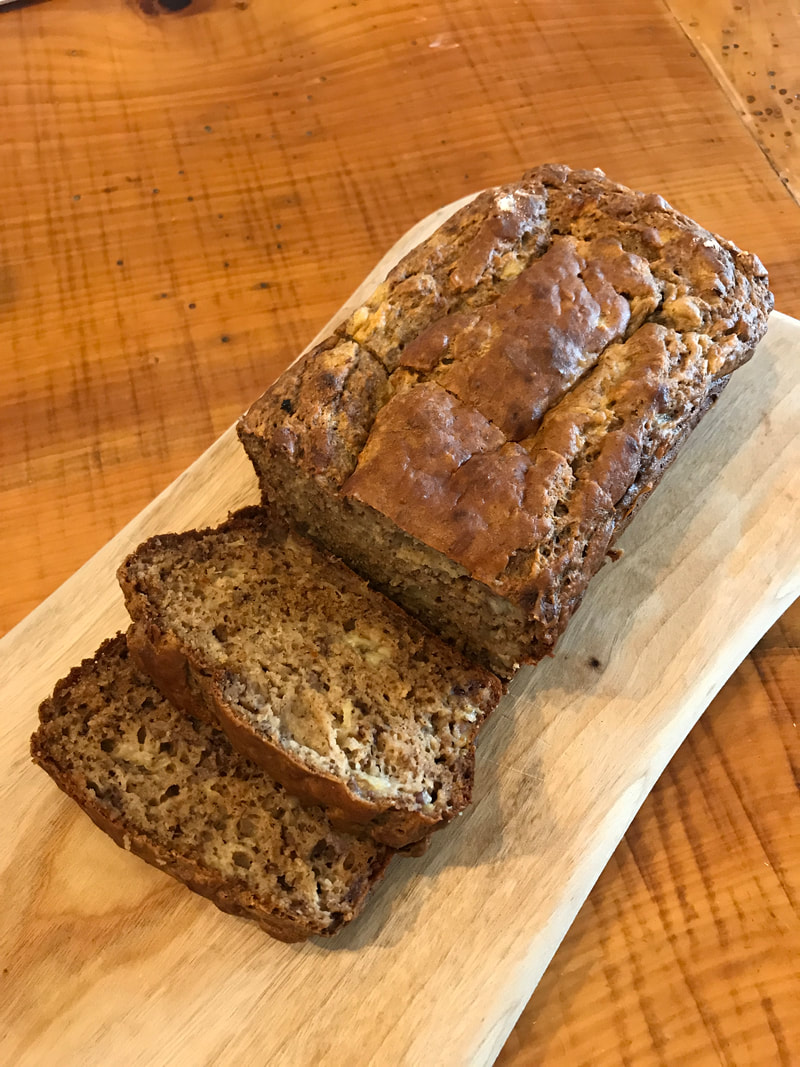
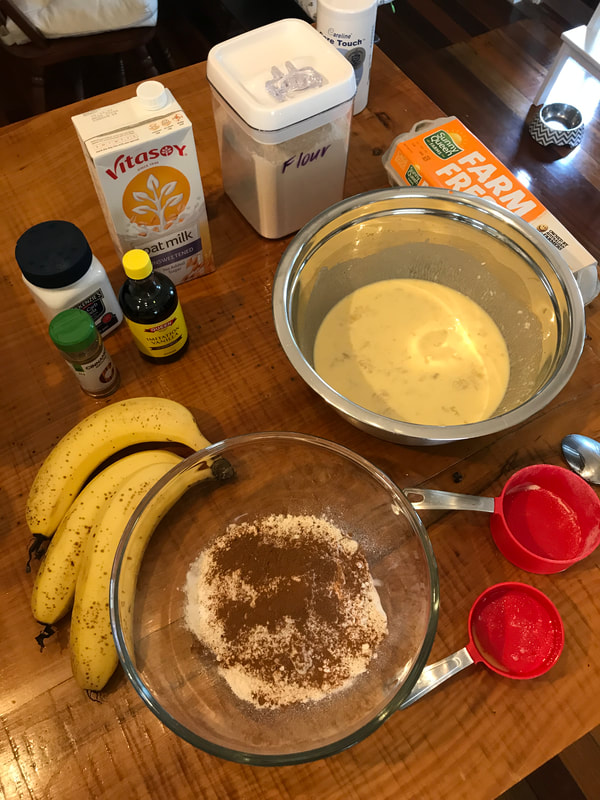
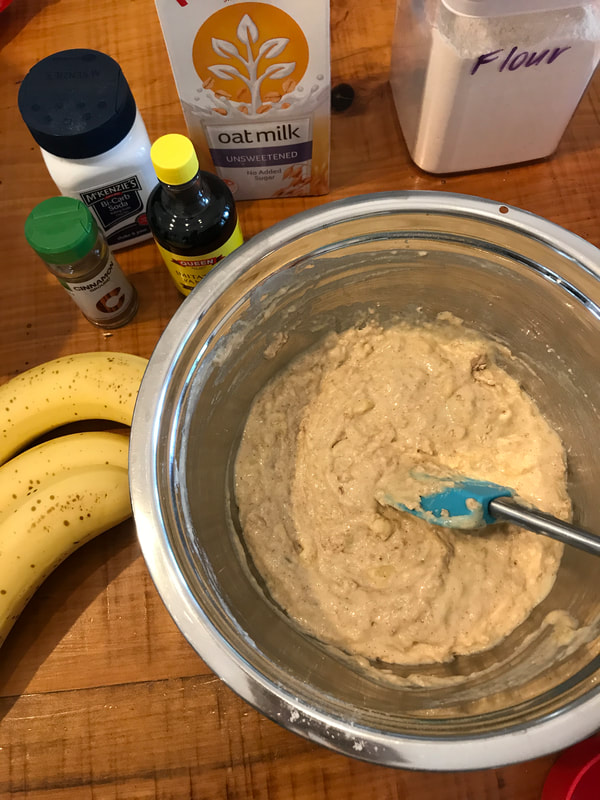
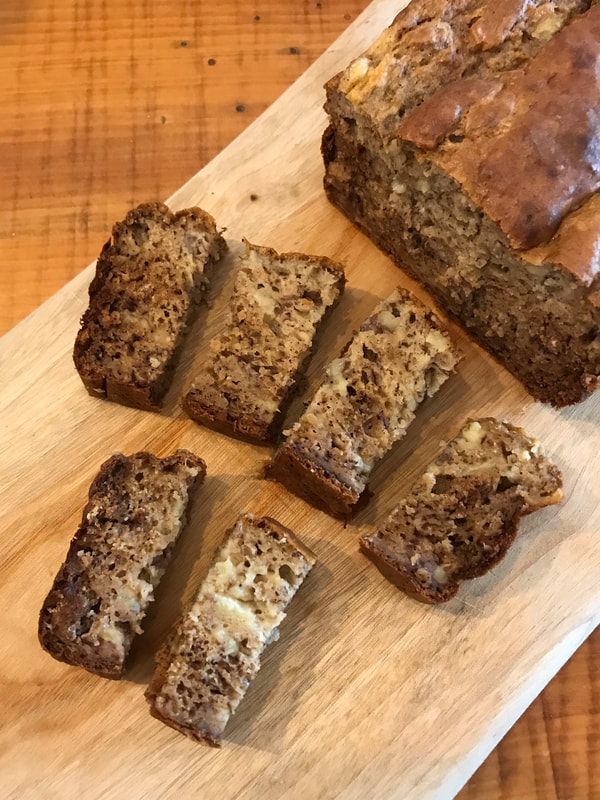
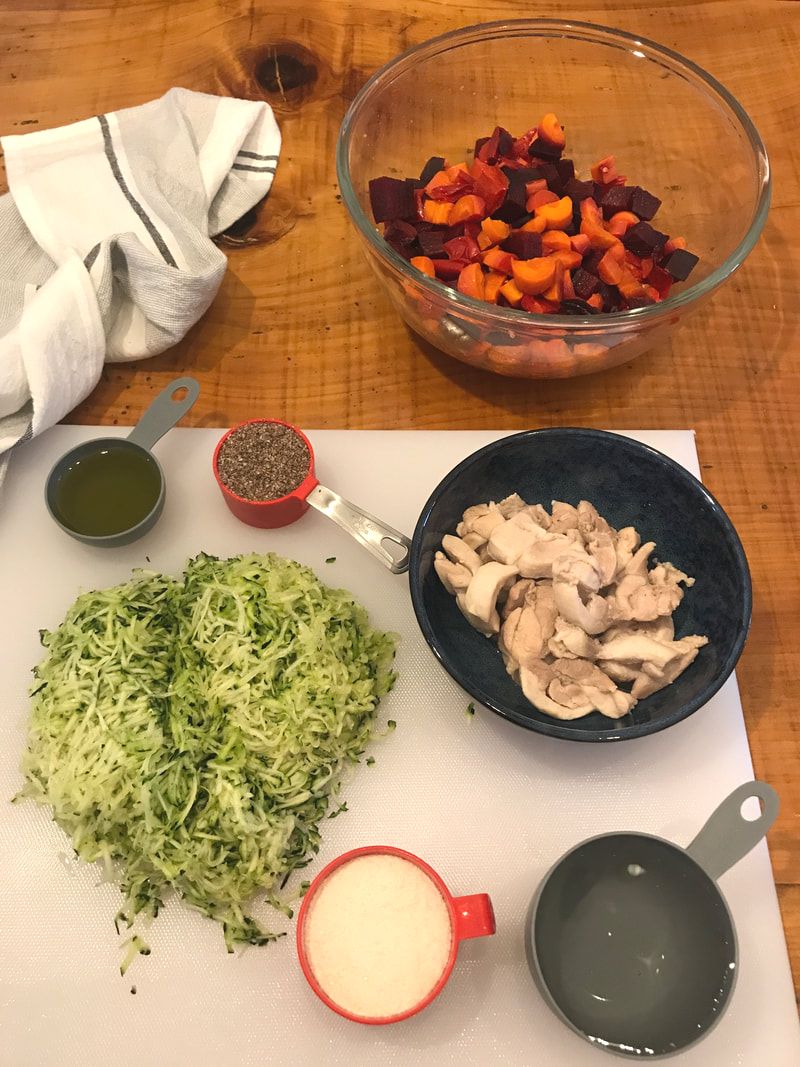
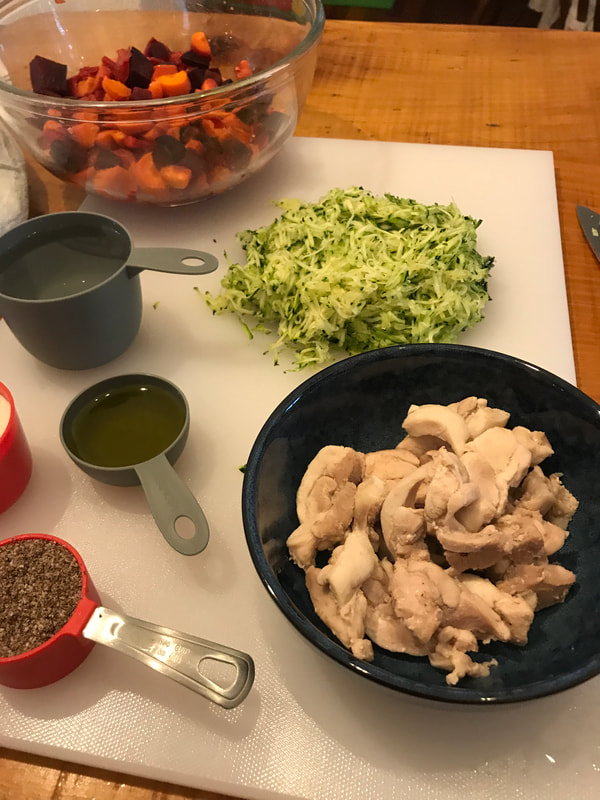
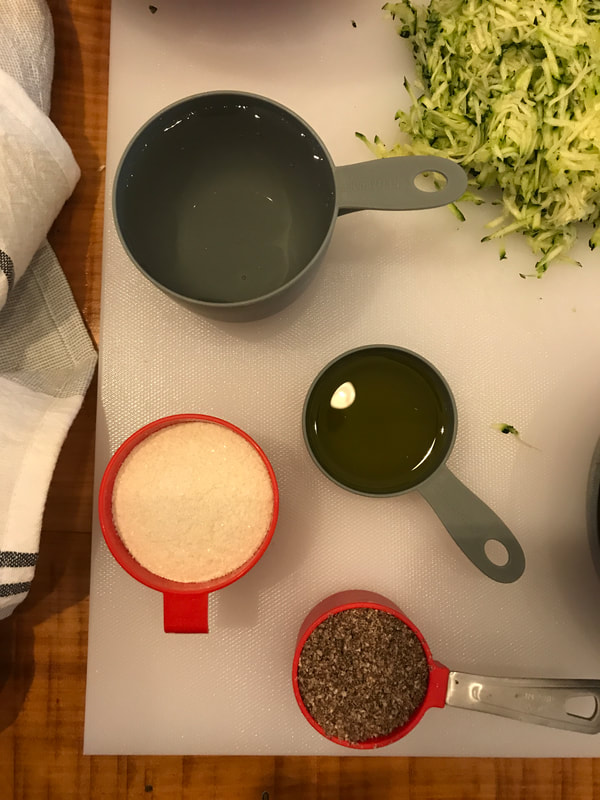
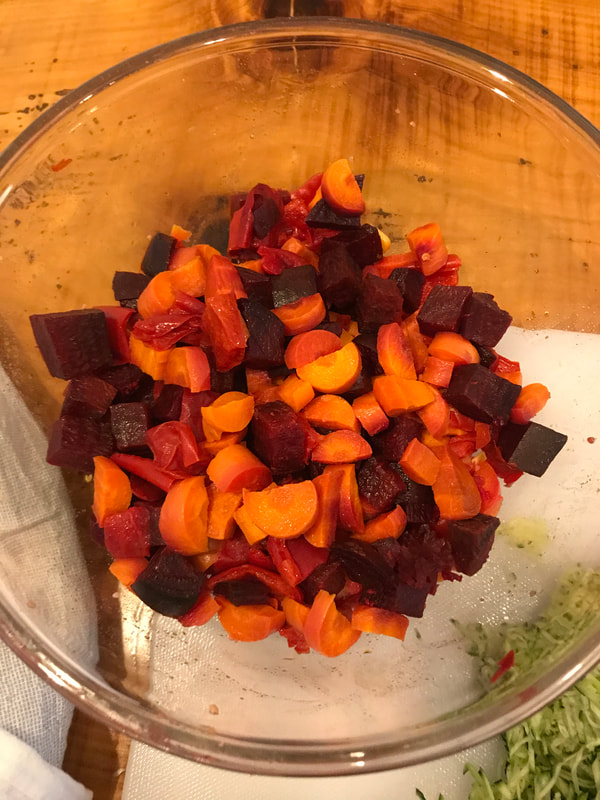
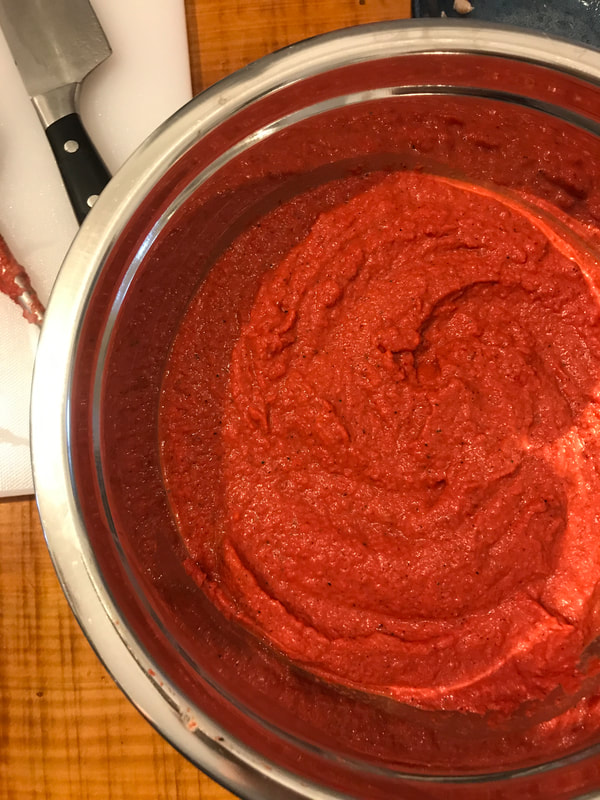
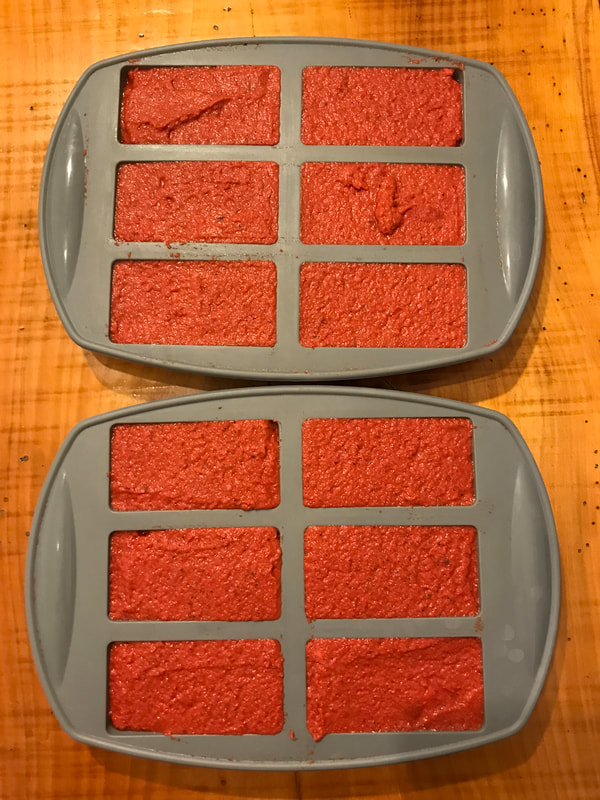
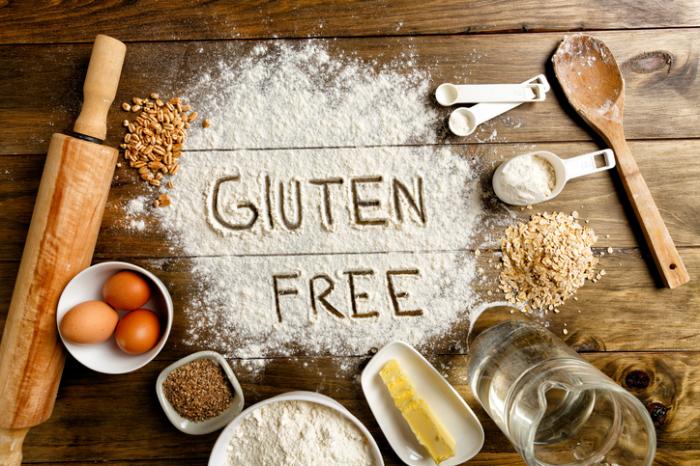
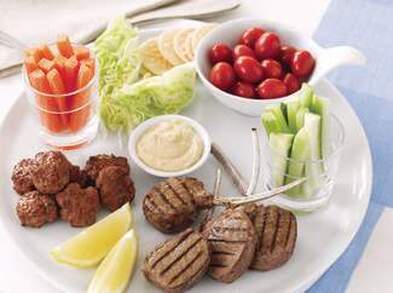
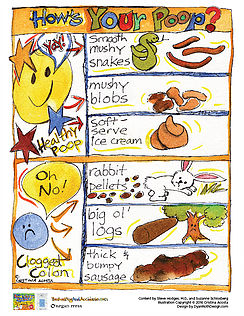
 RSS Feed
RSS Feed